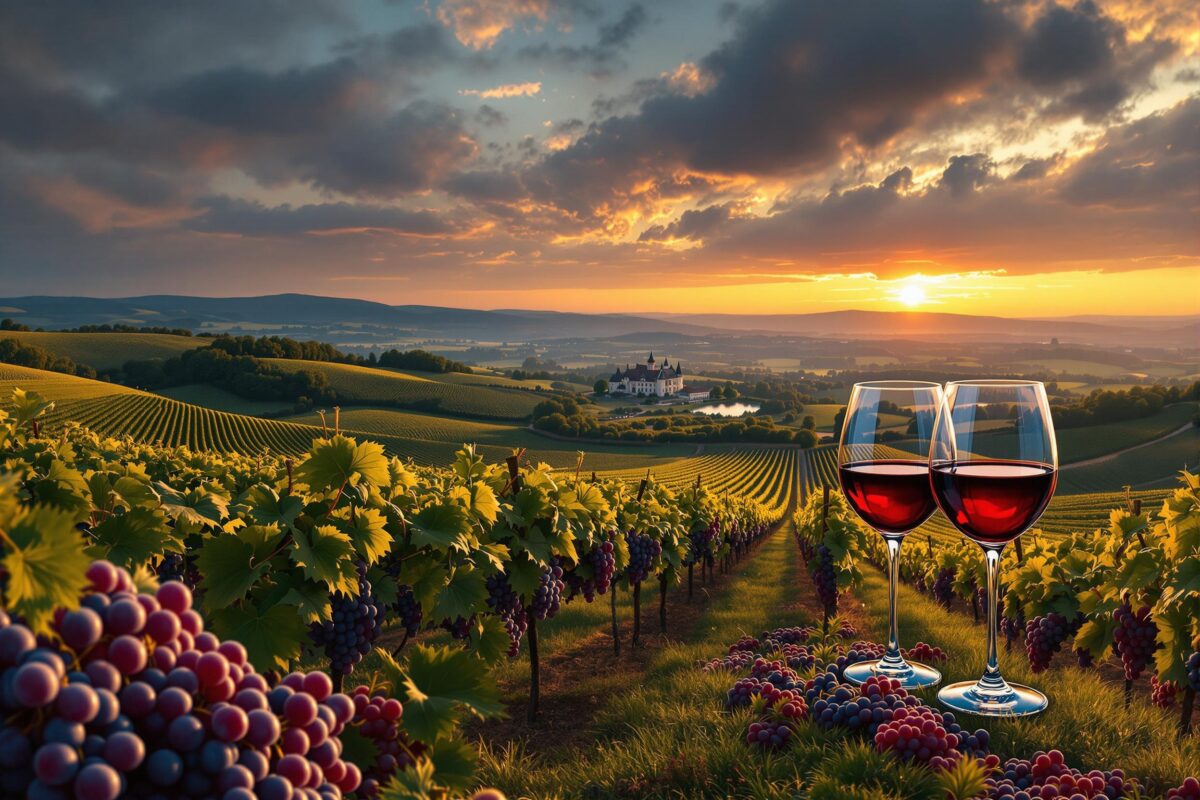The Legacy of Bordeaux Wine
Bordeaux’s history intertwines with France’s story. Viticulture thrived since Roman times, its riverside location proving ideal for trade. The region’s importance grew during the Middle Ages, particularly through its connection with England. The 12th-century marriage of Eleanor of Aquitaine to Henry Plantagenet brought Bordeaux under English rule for 300 years, boosting wine trade with Britain and cementing Bordeaux’s reputation for fine wines, especially reds. The modern Bordeaux wine industry blossomed in the 18th and 19th centuries. Extensive drainage projects in the Médoc transformed marshland into prime vineyards, pivotal for Cabernet Sauvignon’s dominance on the Left Bank.
Historical Roots of Bordeaux Viticulture
Bordeaux’s viticultural journey began with Roman influence, with evidence of vines as early as the 1st century AD. Systematic winemaking gained traction during Roman occupation, and monasteries played a vital role in preserving viticultural practices.
Bordeaux’s Golden Age and the English Connection
1152 marked a pivotal moment: Eleanor of Aquitaine’s marriage to Henry Plantagenet brought Bordeaux under English control, unlocking favorable trade for its wines. ‘Claret’, the English term for red Bordeaux, gained immense popularity. The English market remained crucial even after Aquitaine returned to French control.
1855 Classification and Enduring Prestige
Napoleon III requested a classification of Bordeaux wines for the 1855 Paris Exposition. This classification, ranking wines into five growths (Premiers Crus to Cinquièmes Crus), still holds sway, defining the hierarchy and prestige of top Bordeaux appellations.
Left Bank vs. Right Bank
The Gironde estuary divides Bordeaux into two distinct regions: the Left Bank and the Right Bank. This division shapes terroir, grape varietals, and flavor profiles. The Left Bank (Médoc and Graves) features gravelly soils ideal for Cabernet Sauvignon. Left Bank blends offer structure, tannins, and aging potential. The Right Bank (Pomerol and Saint-Émilion) boasts clay and limestone soils favoring Merlot, creating softer, more approachable wines. Understanding this dichotomy is crucial for appreciating Bordeaux’s diversity.
Current Trends in Bordeaux
Though steeped in tradition, Bordeaux adapts to evolving consumer preferences. A growing interest in sustainability sees many estates embrace organic and biodynamic farming. Precision viticulture, using data analysis and advanced monitoring, optimizes vineyard management and wine quality. Climate change poses a significant challenge, demanding adaptation and research into resilient grape varieties.
